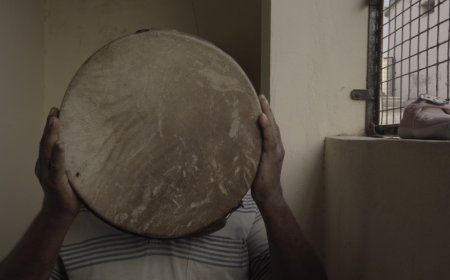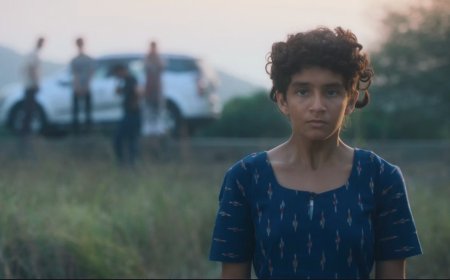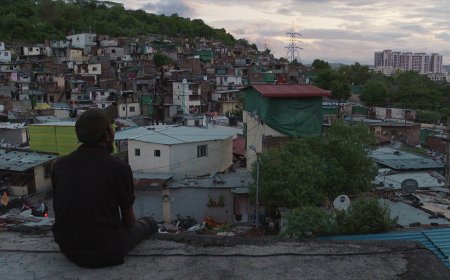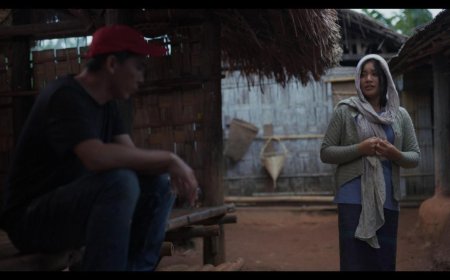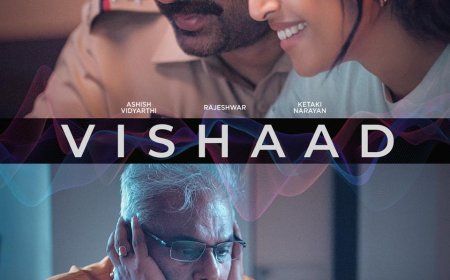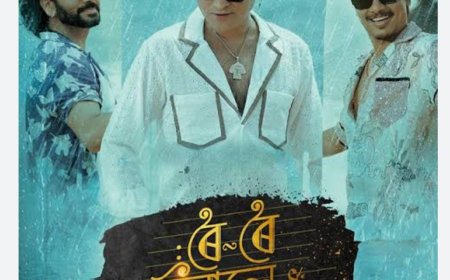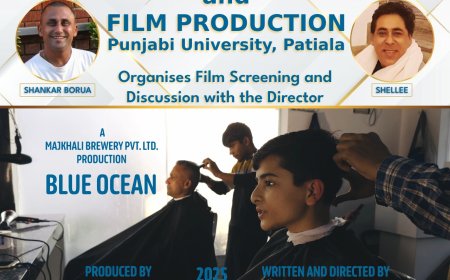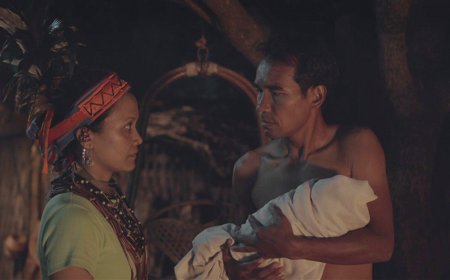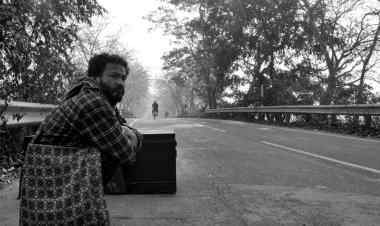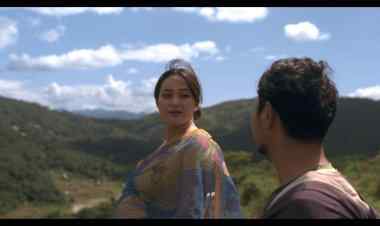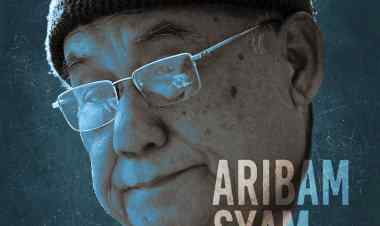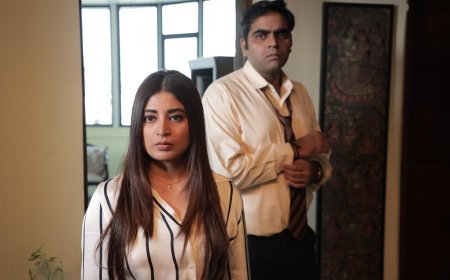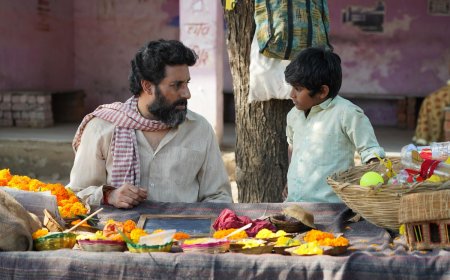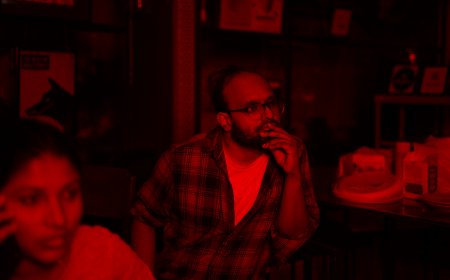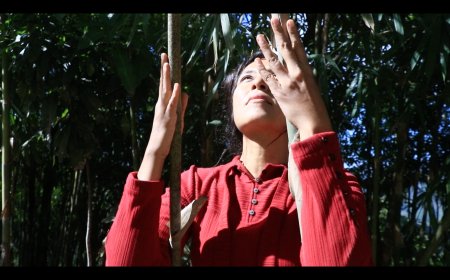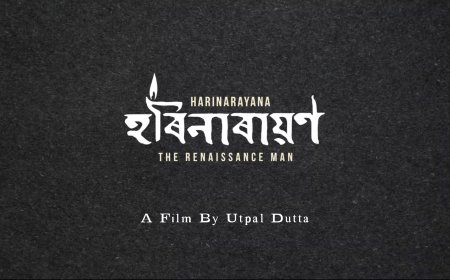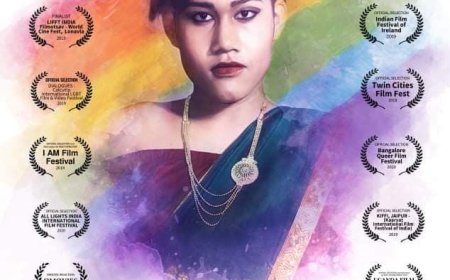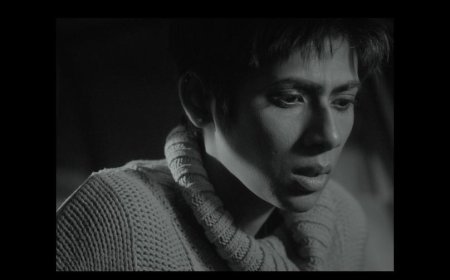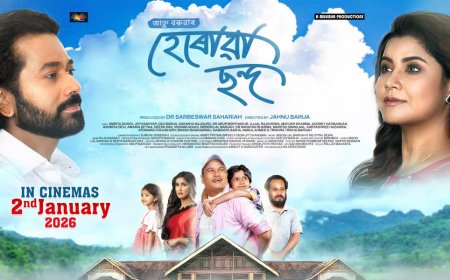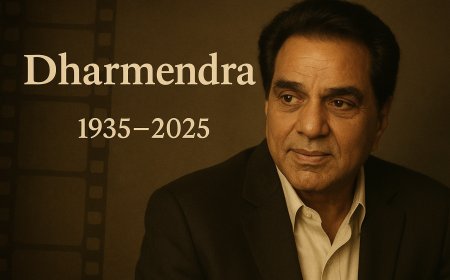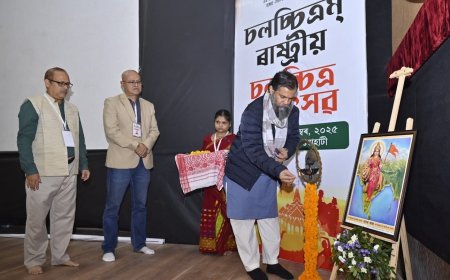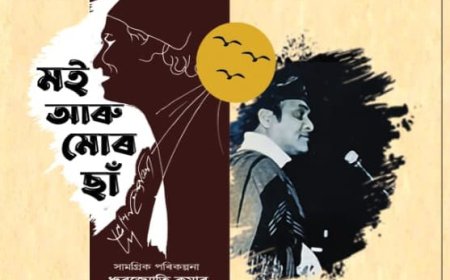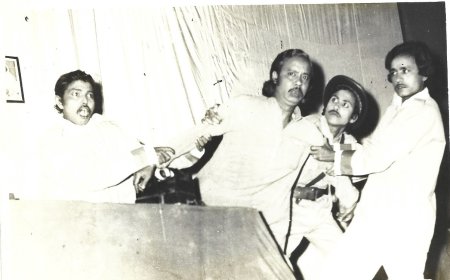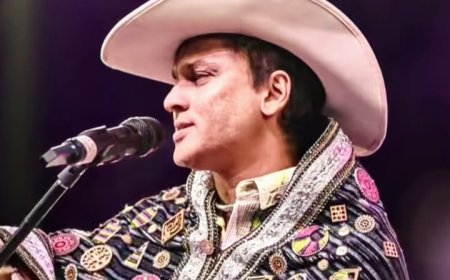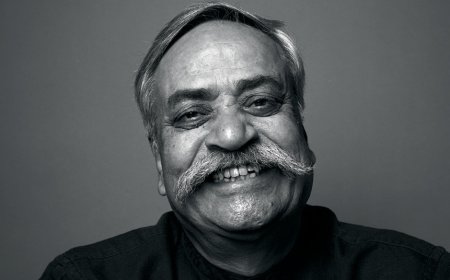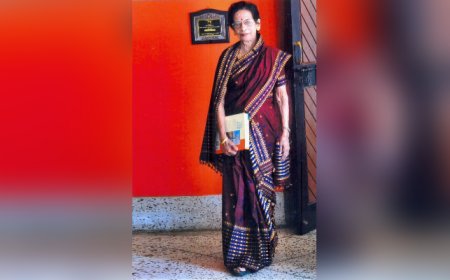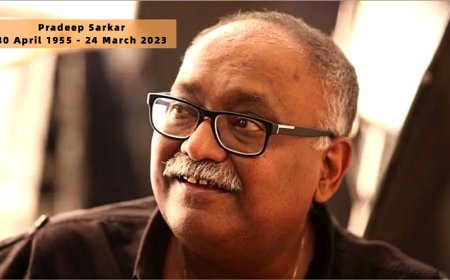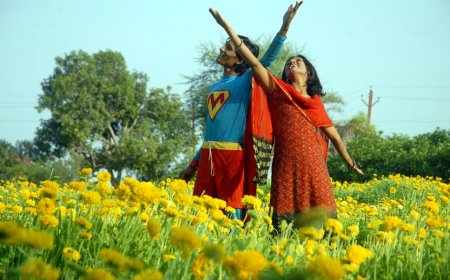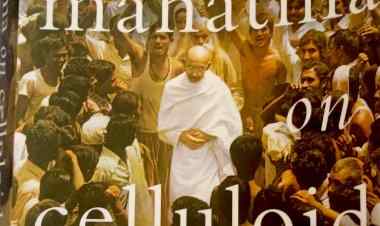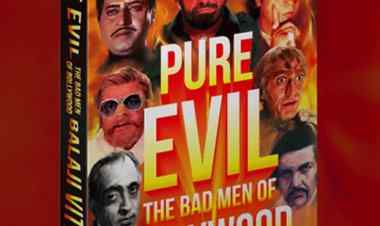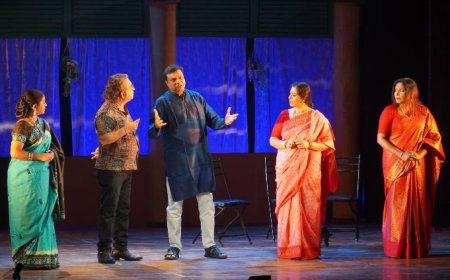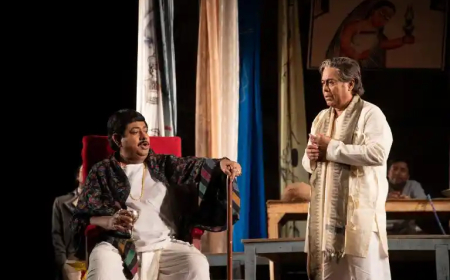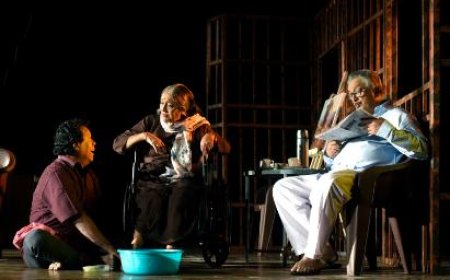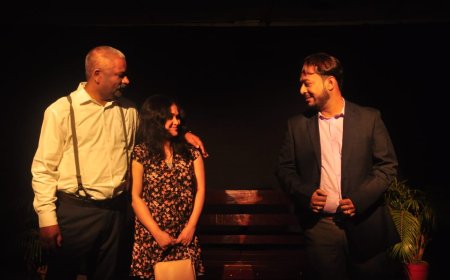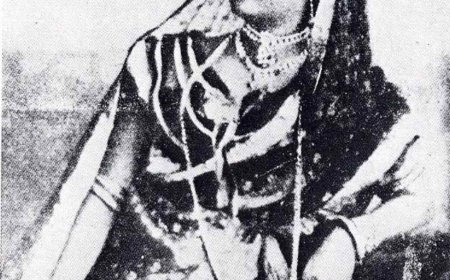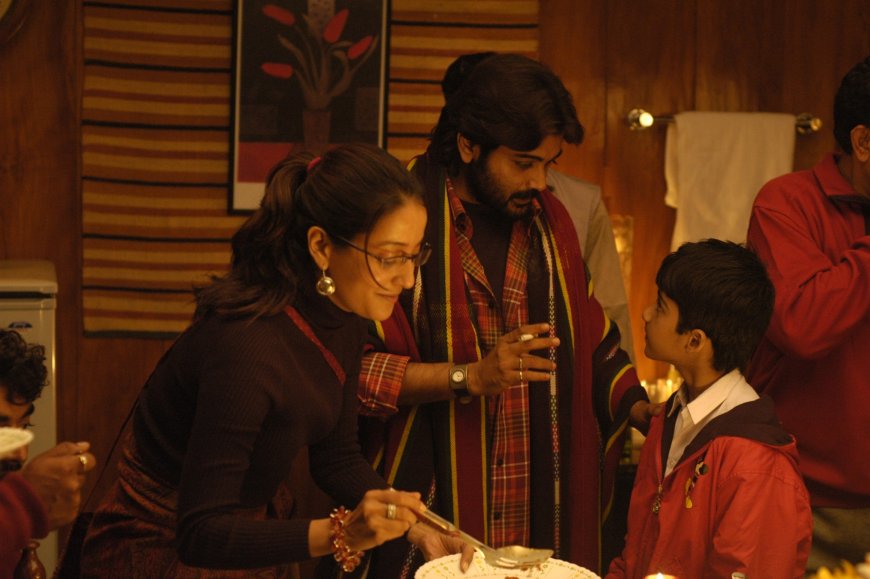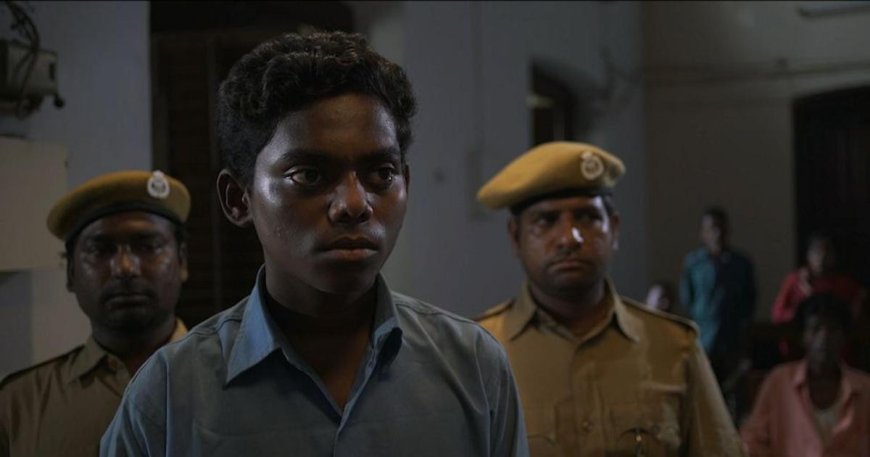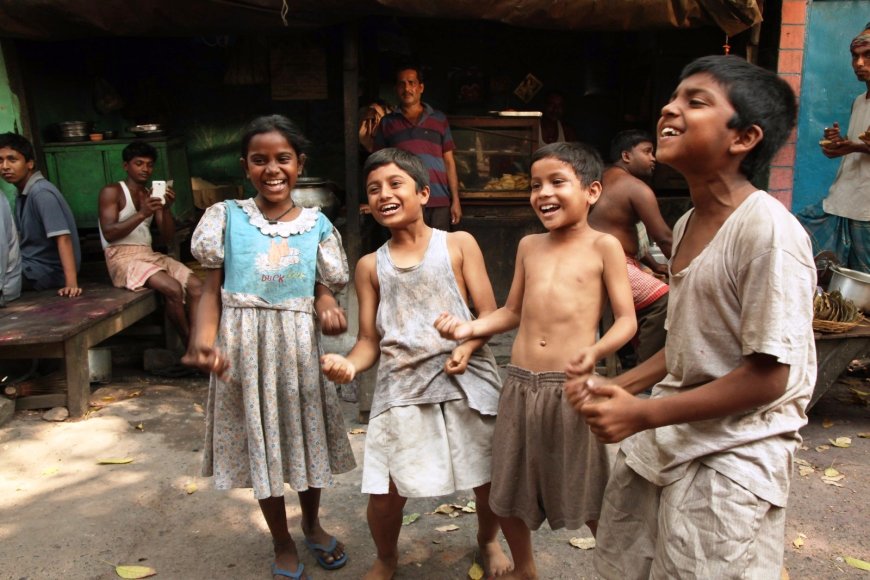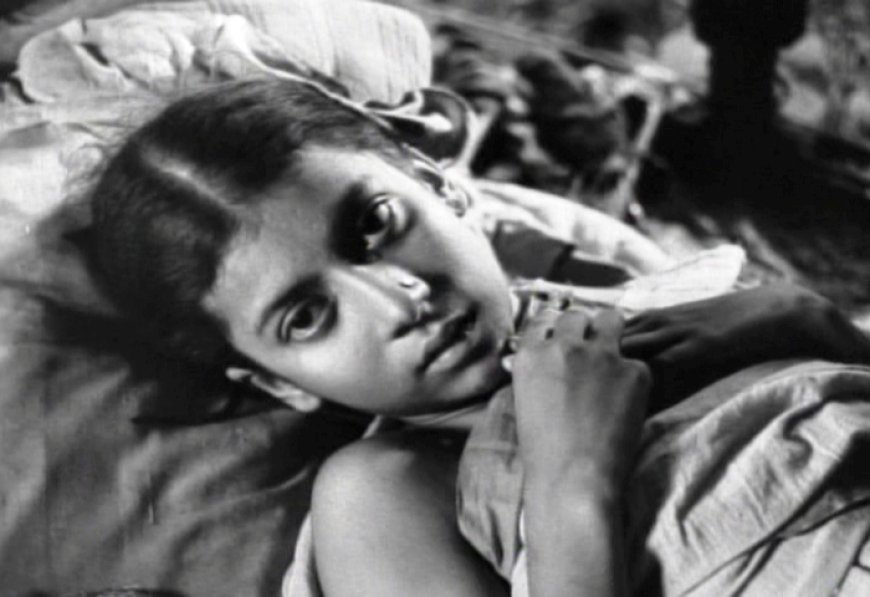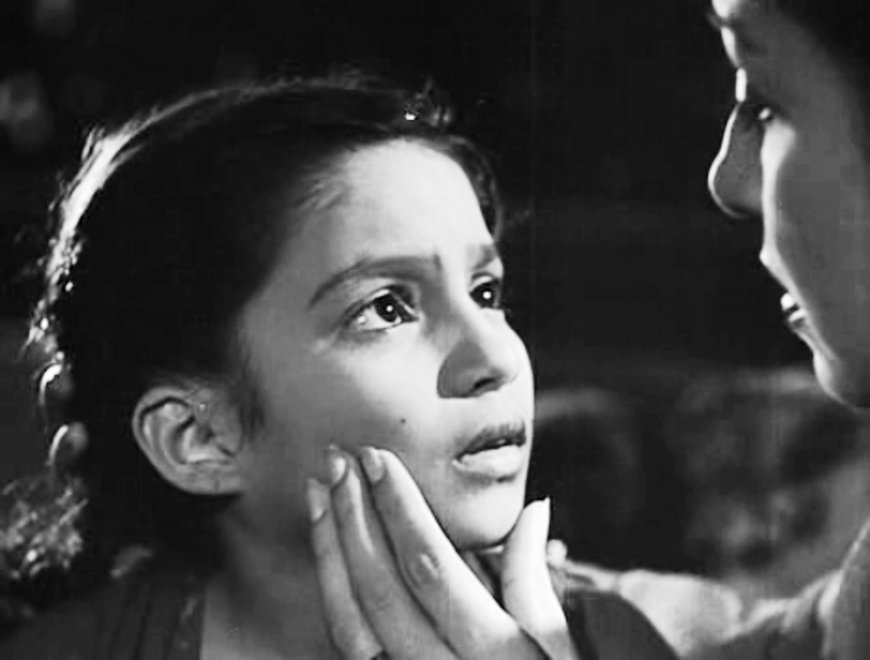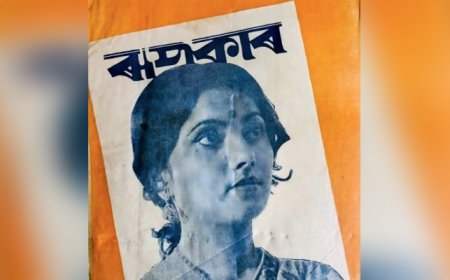LOOKING BACK ON CINEMA FOR CHILDREN
Dr. Shoma A. Chatterji provides an in-depth article on CHILDREN'S FILMS IN INDIAN CINEMA.
Kids go where there is excitement. They stay where there is love. - Zig Ziglar
Children’s cinema in India is an extremely marginalized genre. Though we have many talented filmmakers around us who can masterfully present the world of children and/or look at the world from their perspective, of the 1000-and-odd feature films released every year, one has to look through a magnifying glass to find out the films exclusively addressed to children.
However, one can also consider films for a universal audience in which children play a very important role. The classic example here is Satyajit Ray’s Pather Panchali which is not a children’s film but a human documentation of a family living in dire poverty and how this impacts on the two children, Apu and Durga. Mrinal Sen’s Icchapuran was an interesting film with the surrealistic touch of a father-and-son’s roles being interchanged though their physical appearance remains the same. Sen did not like to mention this film because he felt he had not done justice to Rabindranath Tagore’s story. The film was produced by the Children’s Film Society of India and was not publicized at all.
The genre called ‘children’s films’ or ‘films for children’ is too broad a label to understand what these films stand for. Featuring a child as the protagonist does not necessarily imply attracting a child audience. In fact, most of these films raise questions about the adult world’s understanding and mistaken perceptions about the needs, desires and problems of children. Children’s film is a fluid concept that, like water, takes the shape of whatever vessel it is poured into.
“One can get back this way too” – or, Ebhabeo Phirey Asha Jaaye was the apt title given to a panel discussion on children’s cinema at the Oxford Book House in Kolkata. The topic was "Can movies be used to rekindle children's interest in Bengali language, literature and culture?" The panellists were drawn from different fields of culture, each a distinguished persona in his/her own. Moderated by advertising honcho Oindrilla Dutta, the speakers were Tanushree Shankar, danseuse, actress, Usha Uthup who needs no introduction, Bickram Ghosh, the renowned music director and percussionist par excellence, and well-known documentary filmmaker and media specialist Subha Das Mullick. The discussion concluded with the following conclusions – (a) that children do not have time today for recreation through films, (b) that more Bengali films for children should be made with an emphasis on quality, (c) that films like GGBB prove how music and songs add much zest for the children in the audience, (d) that humour, wit and intelligent dialogue can be another crowd-puller and finally, (e) that short clips from good children’s films should be introduced in the school curricula.
In mainstream cinema, regional and national, filmmakers have explored children’s cinema. One example is Tapan Sinha’s interpretation of Tagore’s Kabuliwalla. Though Sinha embellished it with his personal directorial strokes, we, as children, revelled in the relationship that evolved between the little Meenu and the much older kabuliwalla including the realistic but sad climax when the grown up Meenu has forgotten her old friend. The same cannot be said of his Aaj Ka Robinhood where the message - environment preservation mingled with the narrative and made a hotchpotch of both. Sinha made several films for children such as Safed Haathi and Atithi. He knew how to handle children as a director and filmmaker.
Ever since Raj Kapoor’s Boot Polish (1954) became a box office hit, films featuring children in central roles have addressed the adults in the audience. They are for the entertainment of the children while for parents, teachers, social workers etc; they offer education and information. Boot Polish treated the plight of children as social problems. The two orphaned kids are forced to confront the harsh realities of poverty within the slum environment in a merciless city like Bombay. The film closes on a note of empathy and a positive resolution for the two orphans. But was it really a children’s film targeted entirely on a child audience? Not really especially with reference to some of the adult characters featured in the film. Yet, for the brother-sister pair who lived in a slum and were tortured by a horrible foster aunt who forced them to beg, the children in the audience were offered a glimpse into the other side of childhood they knew little about.
Goopy Gyne Bagha Byne is one of Satyajit Ray's few films with an abundance of musical numbers. According to Ray, the film was made as a request from his son who had encouraged him to make a film specifically for a younger audience. Adapting the story "Goopy Bagha," which was written by his grandfather Upendra Kishore Roychowdhury, Ray wrote the screenplay and also composed the songs and music for the film. Working with source material already familiar to audiences, especially in Bengal, Goopy Gyne Bagha Byne has become one of Ray's most well-known and successful films in India, but remains one of his least-seen or known films elsewhere in the world.
Talking of international cinema, no one can think beyond The Kid (1921). This is one of Charles Chaplin’s finest achievements and remains universally beloved by critics and audiences alike. The film is a perfect blend of comedy and drama and is arguably Chaplin’s most personal and autobiographical work. Many of the settings and the themes in the film come right out of Chaplin’s own impoverished London childhood. It was the combination of two events, one tragic (the death of his infant son) and one joyful (his chance meeting with Jackie Coogan), that led Chaplin to shape the tale of the abandoned child and the lonely Tramp.
“Dhool ka Phool (1959) by Yash Chopra linked the imagination of childhood to the concept of the nation. It was an appeal to Nehruvian secularism and personified a liberal, inclusive vision of India. This cinematic imagination sees the child struggling with hunger, poverty, urbanization, religious identity and striving for self-respect, individualism, secularism, autonomy and social justice. These issues are concomitant with the emerging modern nation state,” explains Nidhi Gulati in her paper on Child Actors / Child Stars – Juvenile Performance on Screen in September 8-9, 2011. But the issue of illegitimacy and its impact on the woman was not really a part of the child’s world at the time the film was made.
Problems crop up when the director weaves in a social agenda into the. Sometimes, a subtle handling can work wonders. An example is Gulbahar Singh’s Goal (1999.) It is about a football match between two rival teams to gain the much venerated challenge trophy, Goal is a multi-layered film which has several strands of meaning interwoven into the main script. With Gul Bahar's gift for the subtle and the understated, the super-sized egos of small town sports clubs for whom, the trophy is more important than the game, the film underscores how winning becomes a metaphor for the adult ego rather than a reward for excellence. The snobbery of the rich and the highly born of a small town come across when the parents object to the entry of a slum boy into the team on the flimsy ground that his father is a thief.
One of the most enjoyable films for children that also has elements of science fiction married to entertainment is Mr. India directed by Shekhar Kapoor in 1987. The film was the highest grossing Indian film of 1987, and remains a cult classic in India. The film was known for several of its lines and songs, including Sridevi's Miss Hawa Hawaii performance, and Amrish Puri's one-liner, “Mogambo khush hua" On the centenary of Indian Cinema, Mr. India was declared one of the 100 Greatest Indian Films of All Time.
Among contemporary films in Hindi cinema that have struck a chord with children are - I Am Kalam, optimistic, happy and full of cheer which ran away with the National Award for Best Child Actor for the boy who played the protagonist in the film. Chillar Party (2011), directed by Nitesh Tiwari and Vikas Behl, takes the same argument further. It is about a batch of boys unite to teach adults about equality between and among children, never mind if one is poor and illiterate and the other is not. It won the National Award for the Best Children’s Film and the batch of boys bagged the Best Child Actor Award in a group! Sheila Ki Jawani by Zoya Akhtar in Bombay Talkies comes across as a sharp indictment on parents who seek vicarious satisfaction through their children by forcing them to pick things that are against the children’s nature and desires. The little boy loves to dance. His dream is to perform Sheila Ki Jawani while his dominating father wants him to excel in team sports.
Stanley Ka Dabba written, directed and produced by Amol Gupte is about Stanley. It takes one back to one’s school days where the daily dabba the boys bring from home becomes a focal point in childhood gluttony during tiffin time. Stanley is the only boy who does not bring his dabba and is roundly rebuked by the Hindi teacher who himself laps up the children’s dabbas. Why does this loveable, friendly and cheerful boy come to school everyday without his dabba? Shekhar Kapoor’s Masoom was mainstream but the script and the characterizations turned the film into a part of history. Tare Zameen Par will remain etched in our memories because it tackled a very difficult subject of mental handicap and how it can be treated with empathy and play with a lesson for parents as well.
This article has kept away from regional language films where one can get to watch many films with children as protagonists and though we may not dub them as “children’s films” they throw up the viewpoint of children from different backgrounds and how they react to the environment they are brought up in. Examples in this segment are aplenty. Satyajit Ray’s Sonar Kella, the first film with Feluda the detective, is one. Rituparno Ghosh’s Hirer Angti, set against the backdrop of the Durga Pooja in an ancestral home in a Bengal village is another. Ghosh’s Khela was a brilliant take on a boy who runs away from home to act in a film he has been chosen for by an art fil director. For some strange reason, the film flopped miserably. Killa (Marathi) directed by Avinash Arun is a beautiful film that bagged awards too. It dealt with a growing boy’s evolution who was trying to but failing to cope with the death of his father and also, to shift from his place of development to a different place altogether.
Mohit Priyadarshi’s Kosa about a young, Dalit boy is a brilliantly scathing attack on the oppressive and abusive powers displayed by police and local government towards the tribal communities living in the Indian forests, detailing how this unchecked power can be distorted for tyrannical means. The film centres on schoolboy Kosa, who is arrested and tortured after being mistaken for the leader of the Naxals, a group of Maoist terrorists who operate in the region. Babar Naam Gandhi is Pavel Bhattacharya’s debut film which does not appear to be a debut film considering the maturity with which he has written the story, the creative design, choice of location and backdrop and also, the cast he has chosen mainly the street urchins who are children from middle-class families who have never faced a camera before. The message of the film comes across loud and clear – it is not Gandhi that is important in this story but it is how the iconisation of a departed national leader can change the life of a street urchin even after he learns that Gandhi is not his father, never was and never will be! Great work Pavel and please keep it up! The film does not pontificate, does not deliver sermons or lectures but does everything through entertainment and how!
There lies the interesting twist in the tale that unveils a positive message. Good children’s films, even when they reach the big screen, have a rather short life because adults are not interested in taking their children to watch these films. They prefer that their kids of the digital age keep hooked to their tabs and mobiles and other technical gizmos rather than go to a multiplex that would make a generous dent in their pocket expenses. In this rather grim scenario, where blood, sex and violence, loud music and sizzling item songs plus action through CGS and crone cameras fill the theatres, a festival of films for children is like that bright rainbow at the end of a dark tunnel. But where and when will it be?
*****
What's Your Reaction?







